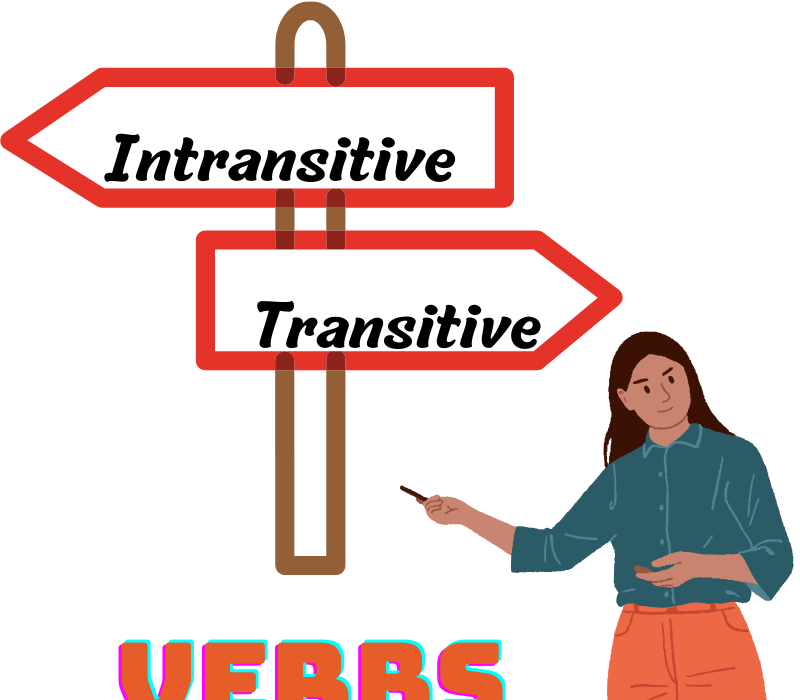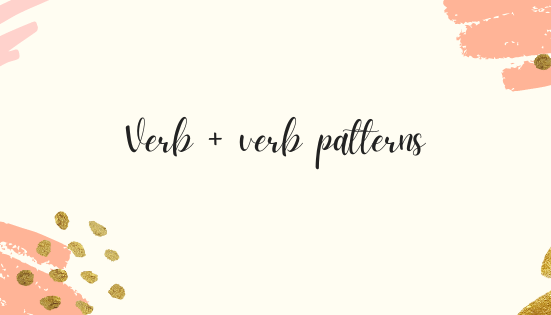Verbs are the backbone of any sentence and play a vital role in conveying actions and ideas. To use verbs effectively, it’s essential to know how they function and what types of verbs exist. Intransitive and transitive verbs are two categories that help us understand how verbs interact with other words in a sentence.
Transitive Verbs
Transitive verbs are verbs that require a direct object to complete the meaning of a sentence. The direct object can be a noun, pronoun, or phrase that refers to the person or thing affected by the action of the verb.
Transitive verbs serve two primary functions:
- Transitive verbs express the action or impact of the subject on the direct object. They establish the interaction between the subject and the object in the sentence.
- They often answer the questions “What?” or “Whom?” to identify the direct object following the transitive verb.
For examples:
- She painted a beautiful mural.
- In this sentence, “painted” is a transitive verb, and “a beautiful mural” is the direct object. The direct object specifies what she painted.
- He wrote a heartfelt letter.
- “Wrote” is a transitive verb, and “a heartfelt letter” is the direct object. It indicates what he wrote.
Intransitive verbs
Intransitive verbs are verbs that do not require a direct object to complete the meaning of a sentence. They typically express actions that do not affect any specific object.
Functional Characteristics:
Intransitive verbs represent actions, states, or changes without the need for a direct object to be acted upon. They describe actions that are solely related to the subject and do not impact anyone or anything else.
Examples:
- She slept peacefully throughout the night.
- In this sentence, “slept” is an intransitive verb. It conveys the action of sleeping without any specific object being acted upon. It simply describes the subject’s action, which is sleeping.
- The sun rose early in the morning.
- In this sentence, “rose” is another intransitive verb. It represents the action of the sun rising without affecting any particular object. It describes the natural process of the sun ascending in the sky.
Ambitransitive verbs
Some verbs can function both as transitive and intransitive verbs, depending on how they are used in a sentence. These verbs are often called “ambitransitive” or “ergative” verbs. Ambitransitive verbs, also known as ditransitive or labile verbs, possess the unique ability to function both transitively and intransitively. This linguistic flexibility allows them to adapt to different sentence structures and convey nuanced meanings.
For example, consider the verb “open.” It can be used in both transitive and intransitive contexts:
- Transitive: “She opened the door.” In this case, “the door” is the direct object, and “open” is used transitively, indicating that she caused the door to move from a closed position to an open one.
- Intransitive: “The door opened.” Here, “open” is used intransitively, indicating that the door moved from a closed position to an open one on its own, without specifying who performed the action.
Ambitransitive verbs offer versatility in sentence construction, making them essential for effective communication in English. Understanding their usage can improve one’s command of the language.

Key differences between Transitive and Intransitive Verbs
The difference between transitive and intransitive verbs is discussed in the points given below:
- A transitive verb can be understood as a verb that consists of one or more objects, on which the action is directed. Conversely, an intransitive verb is described as a verb that not require an object to reflect its meaning.
- A sentence having a transitive verb can be converted into a passive voice. As against, in the absence of a direct object, passive sentences cannot be formed, if the sentence consists of intransitive verbs.
The simplest and quickest way to determine the type of a verb is to use a dictionary. However, in this section, the author wants to introduce readers to another simple way without the need for a dictionary. This involves paying attention to whether the sentence can be transformed into the passive voice in English. If the answer is yes, it is a transitive verb; if the answer is no, it is an intransitive verb. The reason for this method is that only sentences with transitive verbs have a direct object and can therefore be transformed into passive voice. In contrast, converting sentences containing intransitive verbs is impossible because they do not contain a direct object.
For example: He will move in with us next weekend. In this case, “move” is an intransitive verb because the sentence cannot be changed into the passive voice.
Example: She moves the table to the right corner of the room. Passive: The table is moved to the right corner of the room (by her). In this case, “move” is a transitive verb because the sentence can be transformed into a passive voice.
From the two examples above, readers can see that the word “move” can be both an intransitive and a transitive verb depending on the context of its usage.
The common errors with intransitive and transitive verbs
Here are some common mistakes associated with these types of verbs:
- Using Intransitive Verbs as Transitive: Some common mistakes occur when people use intransitive verbs as if they were transitive. For example, saying “She arrived the station” is incorrect; it should be “She arrived at the station.”
- Omitting the Direct Object with Transitive Verbs: Failing to include a direct object with a transitive verb can result in incomplete sentences. For instance, “She reads” is incomplete; you should say “She reads a book.”
- Confusing Transitive and Intransitive Meanings: Some verbs can be both transitive and intransitive, but their meanings change. For example, “He runs” (intransitive) means he is jogging, while “He runs a business” (transitive) means he manages a business.
- Overusing Passive Voice: In academic writing, overusing the passive voice can be a common error. Passive voice often involves transitive verbs, and using it excessively can make your writing less clear.














